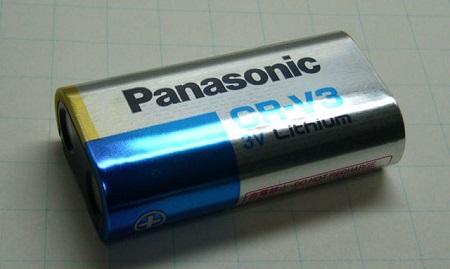Introduction
Driven by modern technology, lithium batteries are now ubiquitous and power many of the devices in our everyday lives: from smartphones to electric cars. While they provide immense convenience, it’s important to remember that if not managed correctly these batteries present a risk. In this article we’ll look at the common uses of lithium batteries and their potential hazards as well as give you tips on how best to handle, store, and dispose of them safely.
Common uses of lithium batteries
Boasting an abundance of energy and extended shelf life, Lithium batteries are the go-to power source for a plethora of devices. From smartphones to electric cars, these reliable batteries have made their mark across the world in different consumer items as well as industrial products.
Types of lithium batteries and their hazards
There are several types of lithium batteries, including lithium-ion, lithium-polymer, and lithium-metal. Each type has its own unique hazards. For example, lithium-ion batteries can overheat and catch fire if damaged, while lithium-metal batteries can explode if punctured or damaged. It is important to understand the hazards of the specific type of lithium battery you are working with and take appropriate precautions.
Hazards of lithium and lithium compounds
Working with lithium and its compounds can be dangerous if not handled properly. Lithium metal is highly flammable, reactive to water or air, and may cause fires if mishandled. In addition, inhaling lithium hydroxide can lead to respiratory irritations, so you must know all the hazards of a particular type of lithium or compound before starting work and take the necessary precautions for your safety.
Recommended safe handling and storage methods of lithium batteries
It is important to follow proper protocols to ensure the safe handling and storage of lithium batteries. This includes storing batteries in a cool, dry place, away from heat sources and flammable materials. It is also important to avoid puncturing or damaging the batteries, and to properly dispose of any damaged or leaking batteries.
For your safety and the environment, it is essential to wear protective gear such as gloves and eyewear while handling lithium batteries. Additionally, be sure to adhere closely to both manufacturer guidelines for utilization of these batteries as well as any local regulations that may apply regarding their storage or disposal.
Storage and disposal of lithium batteries
Proper storage and disposal of lithium batteries is essential to minimize the risk of fire and other hazards. Batteries should be stored in a cool, dry place, away from heat sources and flammable materials. Any damaged or leaking batteries should be properly disposed of following local regulations and the manufacturer’s instructions.
5-point checklist for the proper storage and disposal of lithium batteries for manufacturers and distributors
- Proper labeling and packaging: Manufacturers and distributors must ensure that all lithium batteries are properly labeled and packaged to indicate the type of battery, its capacity, voltage, and any other relevant information. This will help to prevent confusion and ensure the safe handling and storage of the batteries.
- Temperature and humidity control: Lithium batteries should be stored in a cool, dry place, with a temperature range between 10-25°C (50-77°F) and a humidity range between 20-50%. This will help to prevent overheating and prolong the battery’s lifespan.
- Segregation and separation: Different types of lithium batteries should be segregated and separated to prevent damage and possible accidents. For example, lithium-ion batteries should be kept away from lithium-metal batteries.
- Inspections and monitoring: Regular inspections and monitoring of the storage area should be conducted to ensure that the batteries are stored per the guidelines and to detect any damage or leakage. Any damaged or leaking batteries should be removed and disposed of immediately.
- Proper disposal: Manufacturers and distributors should have a clear plan for the proper disposal of used or damaged lithium batteries. Batteries should be recycled or disposed of per local regulations and the manufacturer’s instructions. This includes providing documentation of the batteries disposal process and having the right procedures in place to safely handle and transport the batteries to the designated recycling or disposal facility.
Conclusion
Lithium batteries are an important power source for many devices, but they also present certain hazards if not handled, stored, and disposed of properly. It is important to understand the hazards of the specific type of lithium battery you are working with, and to follow proper protocols for handling, storage, and disposal. By taking the necessary precautions and following the recommended guidelines, we can ensure the safe and efficient use of lithium batteries.










